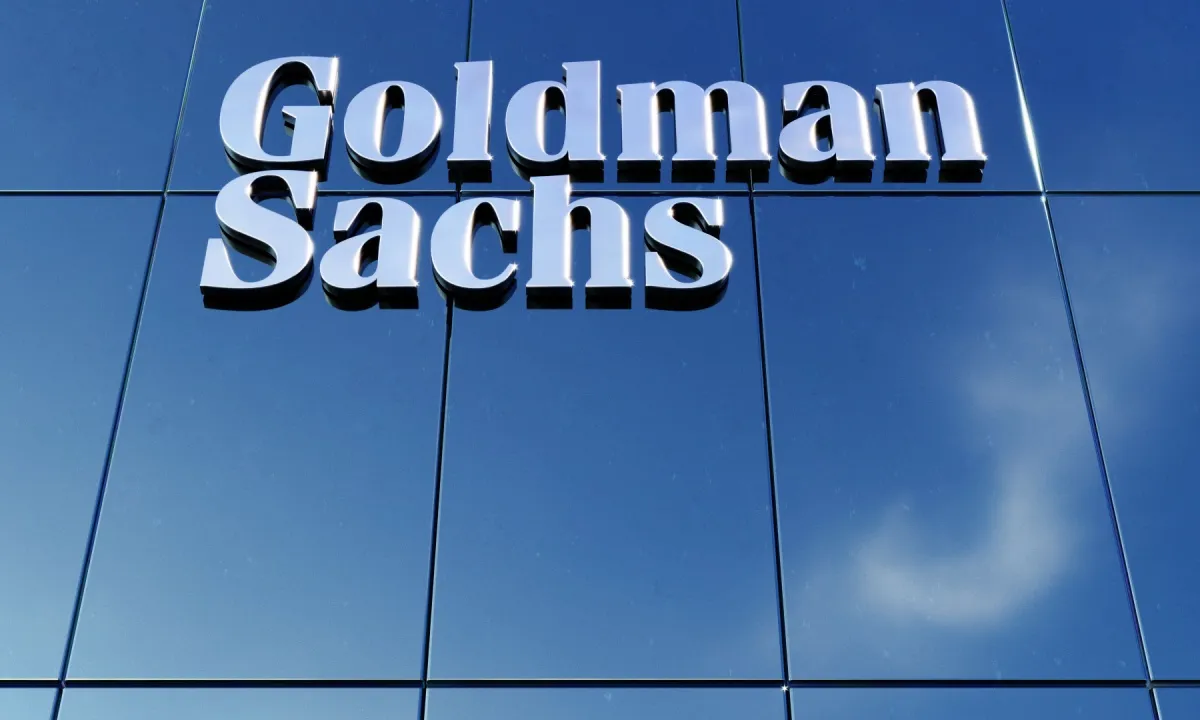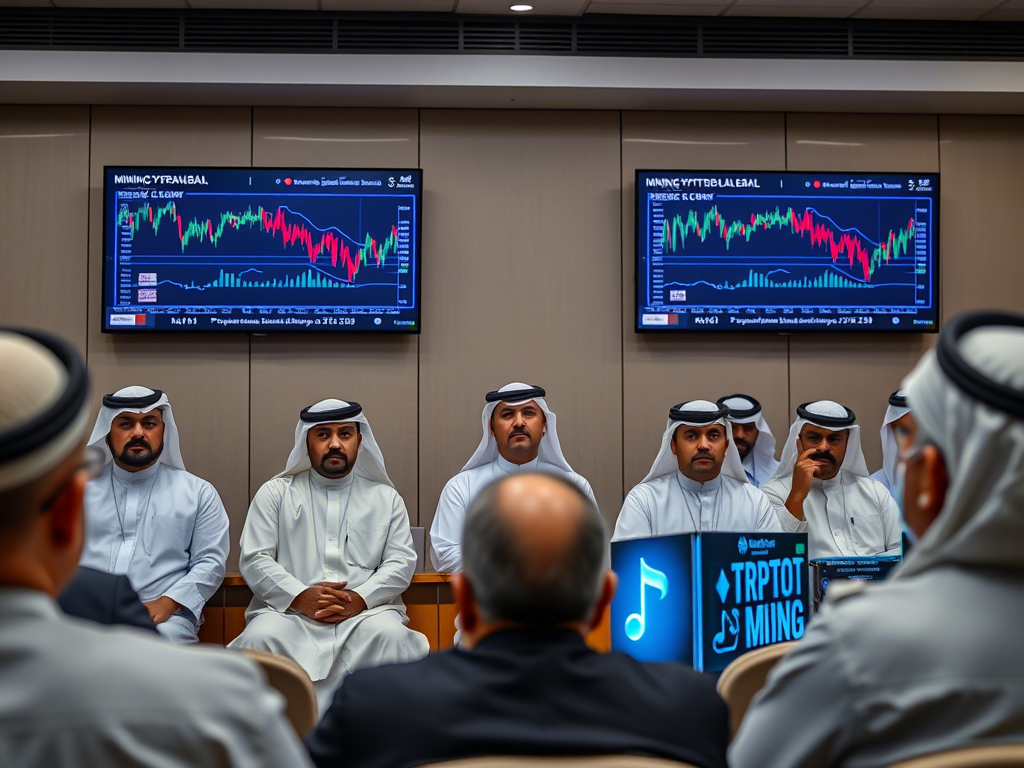The price of Bitcoin has soared to its highest level since the anticipated halving event on April 19, peaking at $67,422 last Friday before experiencing a slight dip. According to CoinGecko, the leading digital asset has increased by nearly 3% over the past day and by over 9% in the past week, now standing at $66,750. This marks a return to the price level last seen on April 13, over a month ago.
The halving event, a significant mechanism within Bitcoin’s code that occurs approximately every four years, saw Bitcoin’s price initially drop, a movement experts had anticipated. This event reduces the block reward for miners from 6.25 BTC to 3.125 BTC, essentially halving the rate at which new bitcoins are generated, thereby enhancing the asset’s scarcity.
This year’s decline following the halving was influenced by a variety of factors, including geopolitical unrest, diminished enthusiasm for new spot exchange-traded funds (ETFs), and uncertainty regarding future actions by the Federal Reserve. These elements contributed to Bitcoin’s price falling below $57,000 last month.
Despite these challenges, Bitcoin’s price trajectory has been on an upward trend since the dip, although it still remains below its all-time high of $73,737 set in March. The resurgence is largely attributed to fresh capital inflows from new investors through the recently approved spot ETFs, which debuted in January. These investment vehicles have quickly gained popularity, amassing billions of dollars in inflows and significantly impacting Bitcoin’s market dynamics.
The pattern observed in Bitcoin’s price following its halvings suggests a potential for continued growth. Historically, the price tends to increase substantially about a year after each halving, due to the reduced rate of new coin production and the consequent scarcity.
As Bitcoin continues to navigate the complexities of market dynamics and regulatory environments, the interplay of supply constraints and burgeoning institutional interest could set the stage for further price increases in the near future.






 Bitcoin
Bitcoin  Ethereum
Ethereum  Tether
Tether  XRP
XRP  Solana
Solana  USDC
USDC  TRON
TRON  Dogecoin
Dogecoin  Lido Staked Ether
Lido Staked Ether